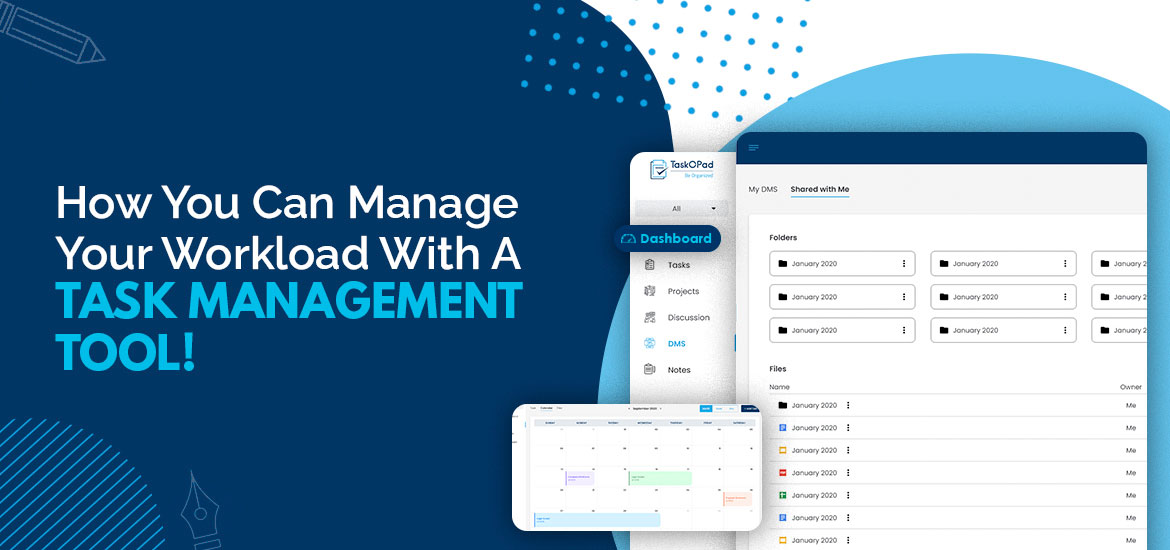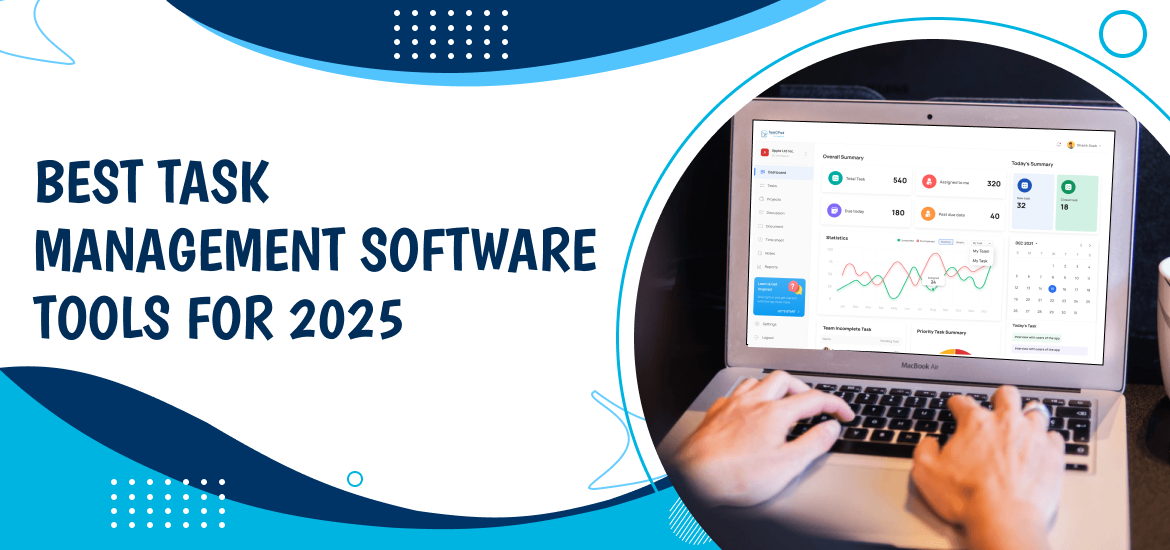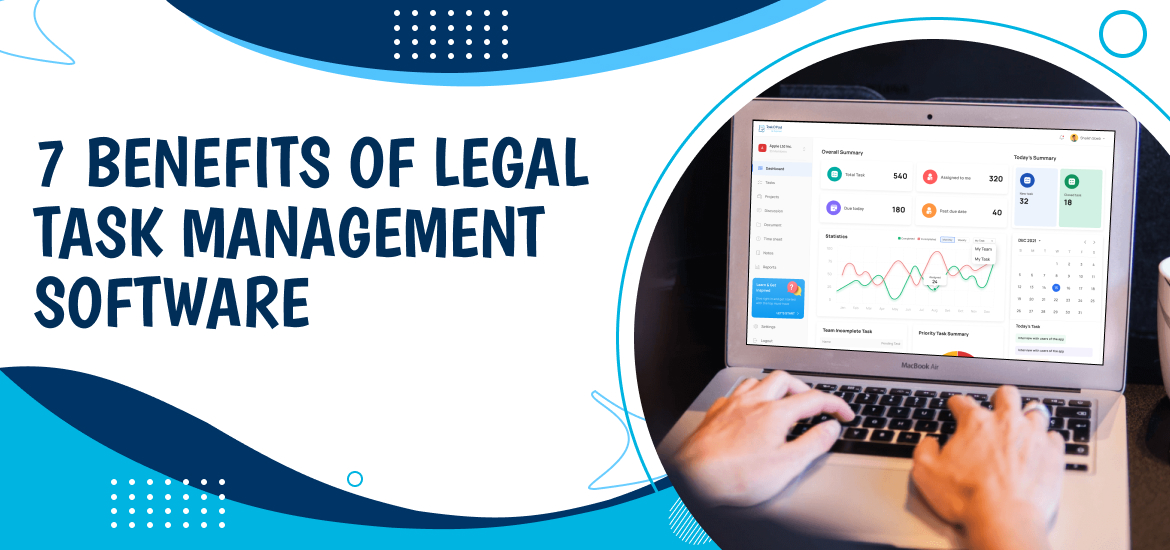
Legal Project Management
What should you know about Legal Project Management in 2022?
Jun 6th, 2022
In the last decade, legal project management has been extensively used in the legal press and journals. However, while there is much awareness about sales, technology, and marketing management, project management of legal matters is certainly new.
There are varying opinions about the benefits of legal project management software – some are touting it as an ‘absolute necessity while others call it a ‘fleeting fad. Regardless, it is worth looking at why most law firms believe it would be the answer to their clients’ need for greater efficiency.
What is Legal Project Management?
Legal project management refers to using project management tools and techniques to plan and manage legal projects efficiently.
Susan Raridon Lambreth, the founder of Legal Project Management Institute and the author of several successful and insightful books in LPM, defines it as ‘is a process of defining the parameters of a matter upfront, planning the course of the matter at the outset with the facts you have at the time, managing the matter, and, in the end, evaluating how the matter was handled (from both the firm or law department perspective and the client perspective).’
Although project management software in the legal industry is not much different from other industries, the only major difference is the area of application.
Therefore, it is highly beneficial for legal firms to invest in LPM tools and techniques. It helps them systematically organize and execute legal tasks.
What are the benefits of Implementing LPM in the Legal Industry?
Project management has been quite popular among businesses, especially because of its benefits. Similarly, legal project management also offers notable benefits to legal firms and clients.
Streamlined Processes
Legal tasks can become tedious and time-consuming and, as such, require meticulous planning and delegation. The tasks have to be delegated based on experience, expertise, and availability of resources to ensure the projects are working on schedule. When you use the tools and techniques of project management, it becomes easier to streamline processes.
It becomes easier to identify bottlenecks, eliminate waste and rework, and allocate resources when the processes are streamlined. For example, you can identify when paralegals or assistants are not given tasks or when associate-level staff is overworked.
Enhanced Efficiency
Your law firm can see enhanced productivity and efficiency when it works along with an LPM system. Critical steps in enhancing efficiency include reducing customer wait times and allocating resources for projects. And building cost-efficiency at each step goes a long way in increasing productivity.
Seamless Communication
Legal matters depend on seamless communication between clients, lawyers, associates, and other stakeholders. The transfer of critical information at the right time can impact the outcome of the legal process. LPM ensures all stakeholders know the real-time progress in a legal matter.
Reduces project risk
LPM helps plan, estimate, and allocate time and resources for any project. When there is clarity about the project deadlines and requirements, it becomes easier to allocate a budget, take up other projects and deal with client expectations.
Boosts Forecasting and Planning
Legal project management is efficient planning, scheduling, monitoring, and executing clients’ legal affairs. It helps identify loopholes and proactively recognize pain points that might crop up in the future. In addition, with an LPM in place, you can plan for the future by accurately forecasting the timelines of current projects.
Also Read : Why Modern Project Management Tools Are Essential For Law Firms?
Implement Legal Project Management in 4 Simple Steps
Legal Project management is similar to the traditional project management system, and when you use these four steps, you can easily implement LPM in your law firm.
STEP 1: Define your Project Requirements and Scope
Start by identifying the goals and outcome of your project. Then, make sure all the concerned stakeholders are aware of the project objectives, goals, and scope of the project. Finally, gather as much information as you require for the project.
Clearly define the project by having specific objectives and timelines for each aspect of the project.
STEP 2: Develop a Detailed Project Plan
Based on the data gathered, develop a detailed project plan, and clearly define the roles and responsibilities of each stakeholder. We suggest breaking down the project into goals and subtasks based on the priority. Ensure the project duration, the budget, and the resources assigned to each subtask are defined.
STEP 3: Put the Plan into Action
Implement the project after each team member understands their role and responsibilities. Make sure the team looks at the bigger picture and can communicate with other members without hindrance.
Keep an eye out for initial hiccups, bottlenecks, and risks during the implementation phase. Iron out these issues by consistently monitoring and tracking performance.
STEP 4: Monitor the Performance
In any project, execution is certainly not the final step. A project is as good as its testing and performance. Therefore, consistently test the performance of the project management system and always seek suggestions, criticism, and ideas for improvement from all stakeholders.
If you want to implement project management for lawyers, now is the right time. Get your legal projects in order with TaskOPad project management tool and to stay one step ahead of the market. It is a robust solution for both mid-and-large sized legal teams. Learn more about TaskOPad and become the efficient legal firm that delivers.
Search by posts
Search by posts
Recent posts











